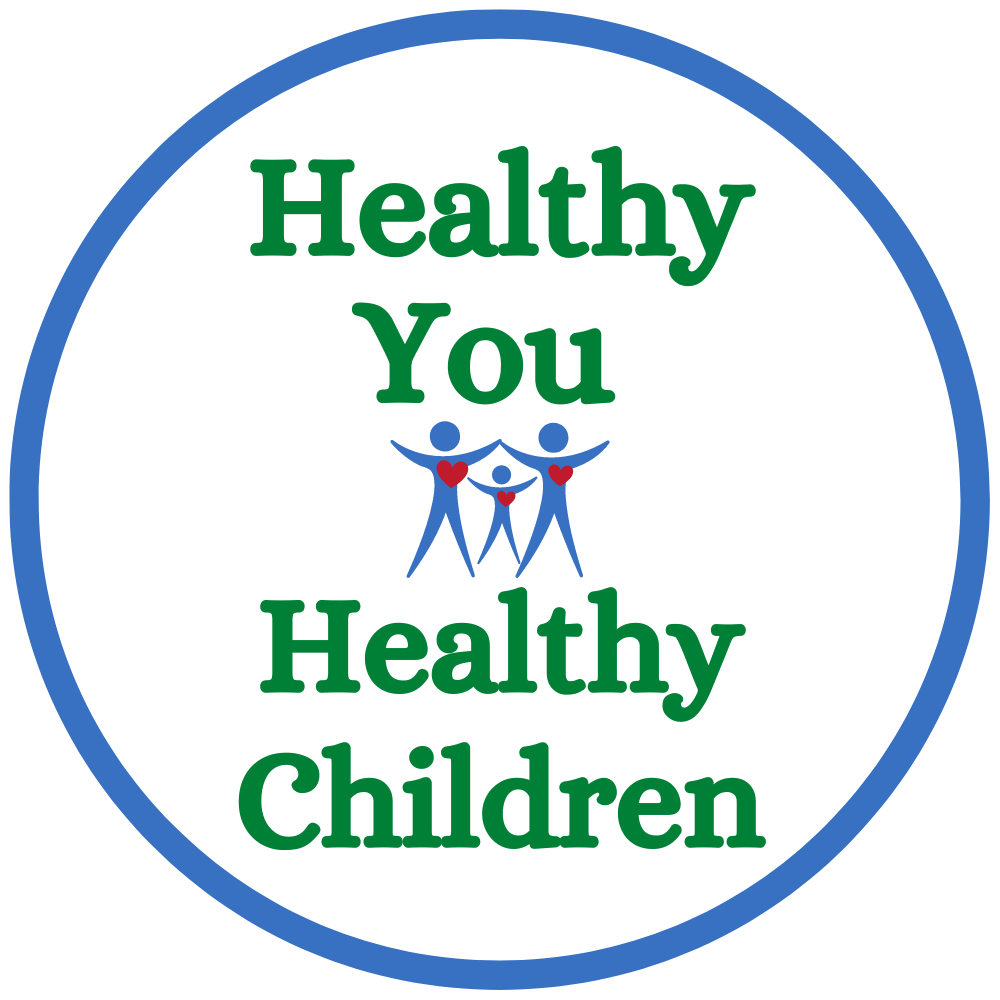Do you read nutrition labels when food shopping? Did you know it is the best way to make healthier choices for everyone at home?
We will review how to read nutrition labels on packaged food and beverages so that you can choose the best food options on your next trip to the supermarket. Without going deep, I will mention what ingredients you should avoid and some information about nutrients.
In the United States, the FDA (the Food and Drug Administration) regulates food labeling to ensure that foods sold are safe, wholesome and properly labeled. In 2016 updates were made to the food labels to make it easier for consumers to make better choices. Every country has its regulation (or not) for food labels. Still, you will be able to use the information in this article.
Let’s start with some definitions:
What are Calories?: they are the “energy” supplied in a serving of the food coming from all the sources (carbohydrates, protein, fat, and alcohol).
What is a Nutrient?: is a substance in the food use by the body to function and grow. Fats, carbohydrates, proteins, minerals, vitamins, and water are examples of it. What are the Recommended Dietary Allowances (RDAs)? these are essential nutrients levels adequate to meet the known nutrient needs of practically all healthy persons. The Food and Nutrition Board is the one making the decisions.
What is the % Daily Value (%DV)?: it helps determine if a food serving is high or low in an individual nutrient based on a 2,000-calorie diet for healthy adults.
● Low: 5% or less of a nutrient- ideal for added sugars.
● High: 20% or more of a nutrient-ideal for vitamins, minerals, fiber.
● No DV for Trans Fat or Total Sugar. Why? Experts recommend that Americans AVOID foods with trans fat and partially hydrogenated oils. There are no recommendations about Total Sugar consumed daily, so the FDA cannot establish a %DV.
What information the Nutrition Facts Label offers?
#1- SERVING PER CONTAINER:
the total number of servings in the entire food package or container.
#2- SERVING SIZE:
it is a guide, rather than a recommendation, of how much to eat based on the amount people typically eat at one time. People should adjust the amount they eat based on their nutritional needs (nutrients and calories).
Based on the serving size, the nutrition facts label gives the following information:
#3- CALORIES PER SERVING:
Remember, this amount of calories is per serving. If the package contains more than one serving and you eat it all, you will be consuming more calories.
#4- NUTRIENTS:
● TOTAL FAT (grams) is divided into SATURATED FAT AND TRANS FAT (grams). Food labels are not required to list MONOUNSATURATED and POLYUNSATURATED fat.
● TOTAL CARBOHYDRATES (grams): divided in DIETARY FIBER, and TOTAL SUGAR =including the naturally occurring sugar in the food plus the ADDED SUGARS.
● Vitamin D (mcg), Calcium (mg), Iron (mg), Potassium (mg). Americans generally do not meet the daily requirements of these nutrients. This information is available to choose foods that contain more of them.
#5- INGREDIENT LIST:
Food manufacturers must list all ingredients in the food on the label. The ingredients are listed in predominance, with the ingredients used in the most significant amount first, followed in descending order by smaller amounts.
How to make healthier choices based on the food labels:
● Check how many servings are in the package or bottle/can. Pay special attention to the small snack packages and beverages. Some people assume they are individual serving, but many of them include more than one serving.
● Check how many calories are in one serving. Once again, if you eat a package or drink a bottle/can that includes more than one serving, you consume more than you think.
● FAT: fat is needed to absorb essential vitamins and support key body functions.
For SATURATED FATS Choose good quality products (especially organic, pasture-raised, grass-fed) when buying food containing Saturated Fats.
As stated above, POLY and MONOUNSATURATED FAT are not required to be included in the food labels. POLYUNSATURATED FATS, especially OMEGA-3, are beneficial for your health. You can find Omega-3 in fish, shellfish, nuts, seeds, and fortified foods.
TRANS FATS have two origins: Natural from dairy and meats, and Artificial or Partially Hydrogenated Oils from industrial food processing. AVOID ARTIFICIAL TRANS FATS. They have been linked to increasing your risk of heart disease significantly.
● CARBOHYDRATES: give an OK to foods high in FIBER.
Try to choose foods with a LOW amount of TOTAL SUGARS.
AVOID, if possible, products with ADDED SUGARS or choose products with low amounts of it. This sugar is added during food processing. You can use the %DV as a guide. Remember 5% DV or less per serving= low in added sugars, 20% DV or more per serving= high in added sugars.
● Choose foods high in Vitamin D, Iron, Potassium, and Calcium.
Keep in mind that some unhealthy processed foods may claim to be good for you because they have added “fortified” vitamins and minerals.
● INGREDIENT LIST: Processed foods tend to have a long and hard-to-read ingredient list. Try your best to avoid them.
Choose foods that have few ingredients that you recognized.
Beware of the common names of added sugars: sugar, brown sugar, corn syrup, dextrose, fruit juice concentrate, glucose, honey, lactose, maltose, malt syrup, maple syrup, agave, molasses, and sucrose.
AVOID HIGH FRUCTOSE CORN SYRUP. It has been linked to an increased risk for diseases like Fatty Liver Disease, Type 2 Diabetes, Metabolic Syndrome, Obesity, Heart Disease, and Cancer.
Now that we have review how to read food labels, let’s check some examples:
Most kids love Oreos. If you check the food label for this product, you will find that: ● The serving size is three cookies. Most kids (and Adults) eat more than three cookies. ● The Added Sugar amount is 14 grams per serving with a % DV of 28% (higher than 20%). If you eat 6 cookies (double serving size), the amount of added sugar is 28 grams. ● The LONG ingredient label includes HIGH FRUCTOSE CORN SYRUP on it. Unfortunately, HFCS is present in many of the most popular processed products in the USA.
Another example: A can (8 fl oz) of Coke is one serving. It contains 39 grams of added sugar per serving- a 1/4 cup of sugar! If you drink the 20 fl oz bottle, the added sugar is 65 grams – a 1/3 cup of sugar! Do you put as much sugar in your coffee? To sum up, it contains HIGH FRUCTOSE CORN SYRUP.
For your reference:
According to the American Heart Association, these are the recommended amount of sugar per day (including sugar from beverages) by age: preschoolers less than 12 grams, 4-8 years old less than 16 grams, pre-teens/teens less than 20-32 grams. Women less than 25, and men less than 37.5 grams of sugar per day. In my opinion, all these numbers should be lower. Sugar is an empty calorie that can cause weight gain, and it has no nutritional value in our diet. It has been linked to inflammation and metabolic damage. I explained more about this topic in another article.
My personal experience:
I consider reading food labels essential when food shopping. I rarely buy a packaged product without checking the nutrition information. My kids have learned how to read labels. It is like a game for them, but they have started to make their own healthy choices. I try to buy foods with few ingredients (minimally processed), avoiding added sugars and high fructose corn syrup. When buying fruits and vegetables, I bring home some fresh ones to enjoy in a few days and different frozen ones. Frozen fruits and vegetables keep their nutrients, last longer, and usually are cheaper than fresh ones. They are a great option when you have young kids at home that may “suddenly” stop liking something. Moms out there will understand.
Try it!! Start reading food labels next time you go to the Supermarket. With practice, reading them will become a natural part of your selection of products. You will have the information you need to make better choices for yourself and your family. Check the labels on products you regularly get. You may be surprised about the nutrition information and ingredients. Believe me, I was, and I make the necessary changes.
Final Thoughts
● Healthy eating starts at the Supermarket.
● Eat before shopping. It will help you controlling temptations and impulse buying.
● Read food labels every time to make smart choices, and teach your kids how to do it. They will be able to make their own healthy choices when at school or while shopping with you.
● Compare products to choose the one that is right for your and your family.
● Be aware of food packages claiming to be “healthy”, “natural”, “Keto”, “Paleo”, “sugar-free”, and so on without checking the food label. Make an informed decision about the product.
● Remember to check for Added Sugars, especially hidden in processed foods and beverages. Avoid High Fructose Corn Syrup.
● Finally: Avoid process food as much as possible and buy more fresh whole food. You will feel the difference when you nourish your body more healthily.
If you want to dig up more information about nutrition fact labels, visit the FDA website at www.fda.gov
For more information about healthy living, news, and updates: don’t forget to Subscribe to my blog!






